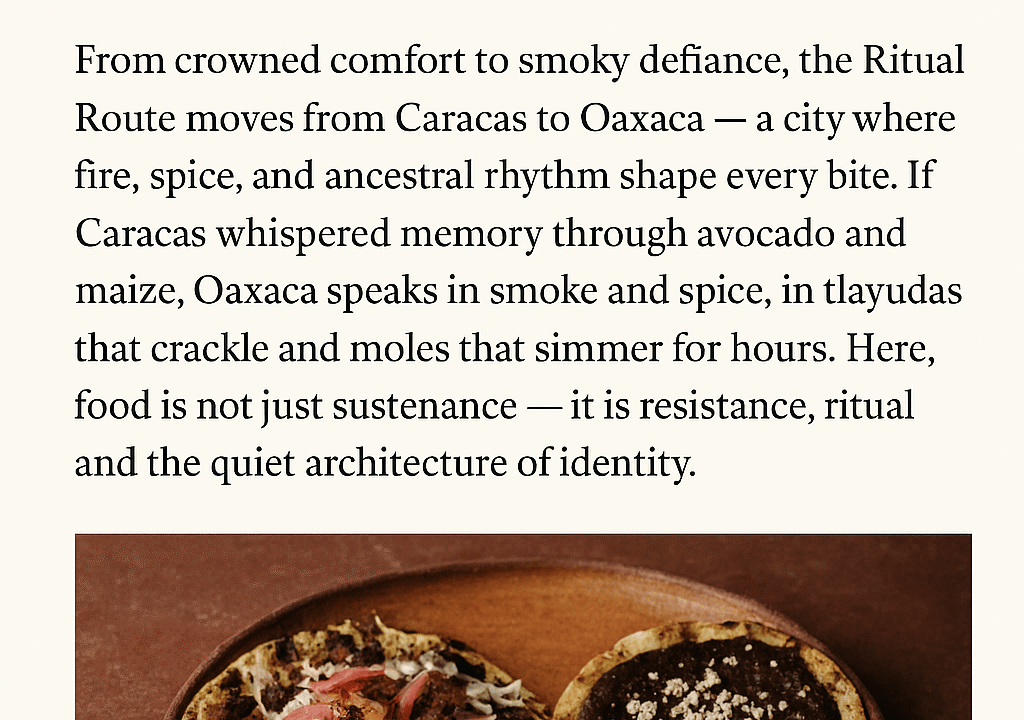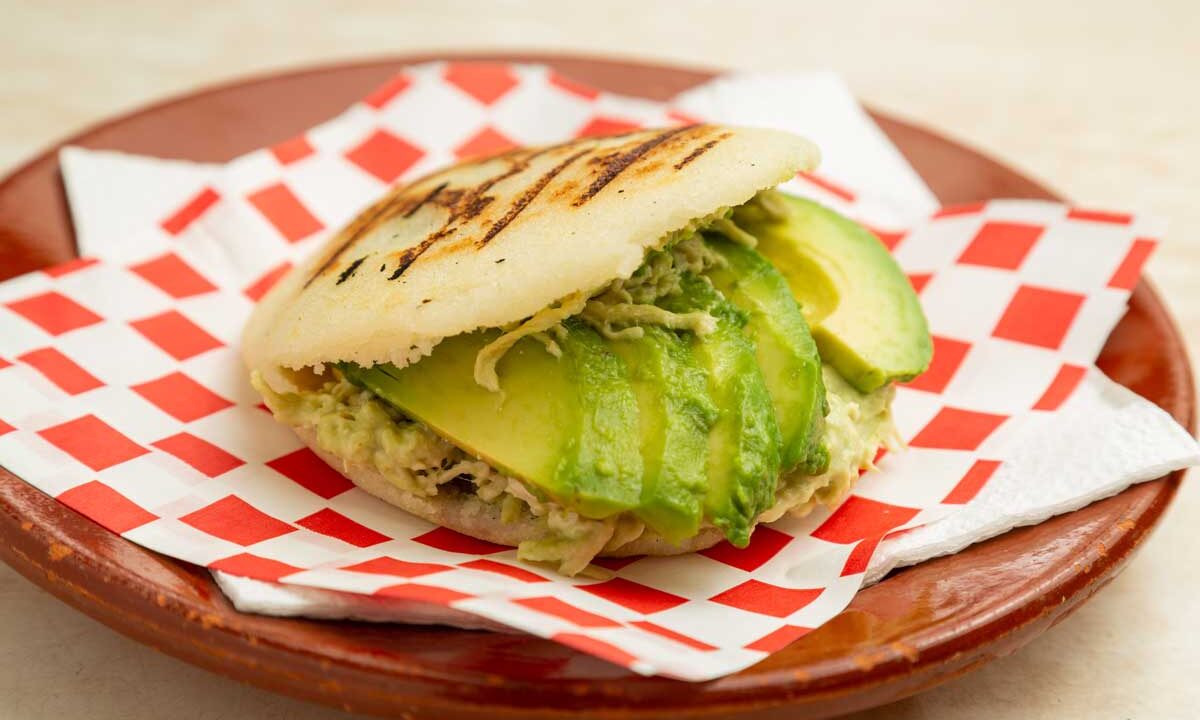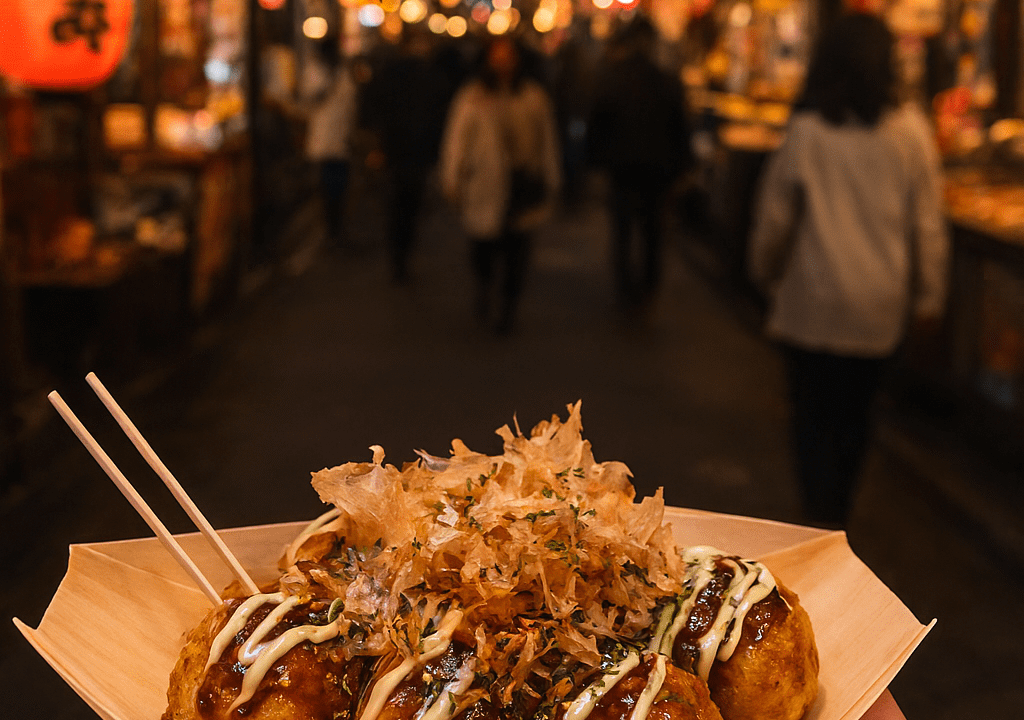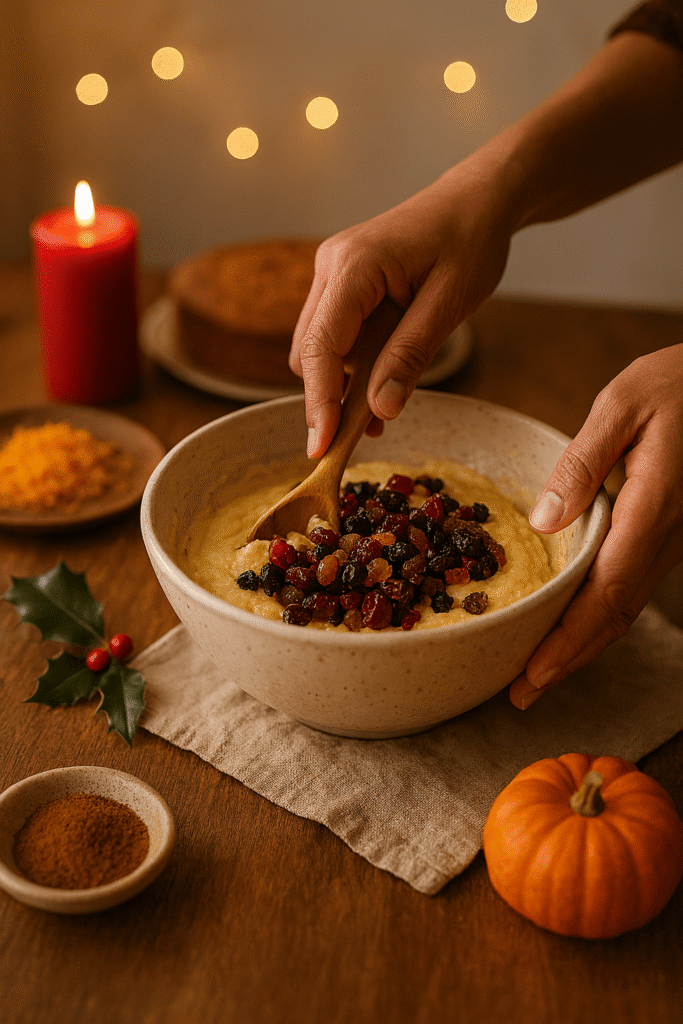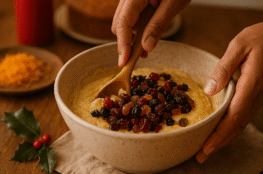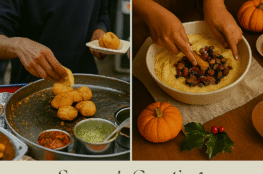Quinoa pronounced as keen-wa is a flavourful and wholesome grain which was first domesticated and cultivated in Bolivia by Andean people around 3000 to 4000 years ago. It has been an important staple in the Andean cultures where the plant is indigenous but relatively obscure in the rest of the world. The Incas, who help the crop to be sacred, referred to it as chisaya mama or ‘mother of all grains’, and it was the Inca emperor who would traditionally sow the first seeds.
History of Quinoa– During the Spanish conquest of South America, the colonists scorned it as ‘food for Indians’ and suppressed the cultivation, due to its status within indigenous religious ceremonies. The occupiers forbade Quinoa cultivation for a time and Incas were forced to grow wheat instead.
Today Quinoa has been singled out by the FAO as the food with “high nutritive value” and is the world’s most popular “superfood”. It is loaded with protein, fibre, and minerals and does not contain any gluten. Quinoa is native to Bolivia, and believe it or not, is relative to Swiss chard, spinach, and beets. Just a cup of quinoa contains 8g of protein, 5g of fibre, 15% (daily value) DV iron, 30% DV magnesium, 19% DV folate and also heart- healthy omega 3 fatty acids. It is the perfect gluten -free substitute for pasta, rice or couscous. It is also frequently milled into gluten-free flour that can be used in baking, or as a base for gluten -free pasta cereals and more.
In their natural state, the seeds or grains have a coating of bitter-tasting saponins, making them unpalatable. Most of the grain sold commercially is processed to remove this coating. In south America, quinoa saponin has many uses, including as a detergent for clothes and an antiseptic wash for skin injuries.
Just like superheroes swoop in at that critical moment to save the day, superfoods are those that rescue our bodies from illness, nutritional deficiencies and the threat of obesity. There is no technical definition of the term “superfood”, but the word is typically associated with foods that offer multiple benefits for the body without a high amount of fat and calories accompanying them. According to the Oxford dictionary’s definition – a superfood is a nutrient-rich food, considering it to be especially beneficial for health and well-being.
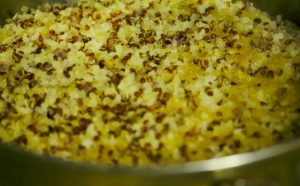
With only 222 calories per serving and only 4 gm of unsaturated fat, quinoa meets the low cal, a low-fat definition of a superfood, and also offers many benefits for the body. Almost 15 percent of the total content of quinoa is protein, more than double the amount found in most standard grains. Studies have revealed that quinoa has a complete amino acid profile, meaning that with each serving, your body is getting nine key building blocks for making protein. Due to this, it is also a natural appetite suppressant, aiding you in consuming less food throughout the day. It is often suggested as food for dieters as it is high in protein and low-calorie nutritional profile. It is also a good source of riboflavin which helps decrease the attacks of migraine sufferers by boosting the energy metabolism within the muscle cells and brain.
Clearly quinoa offers many proven nutritional benefits while introducing very little calories and fat to your diet. So the important thing is that you try to call it “breakfast”, “lunch” or “dinner” and find some way to incorporate this nutritious superfood into your daily meals.
To be continued….Recipes for quinoa

